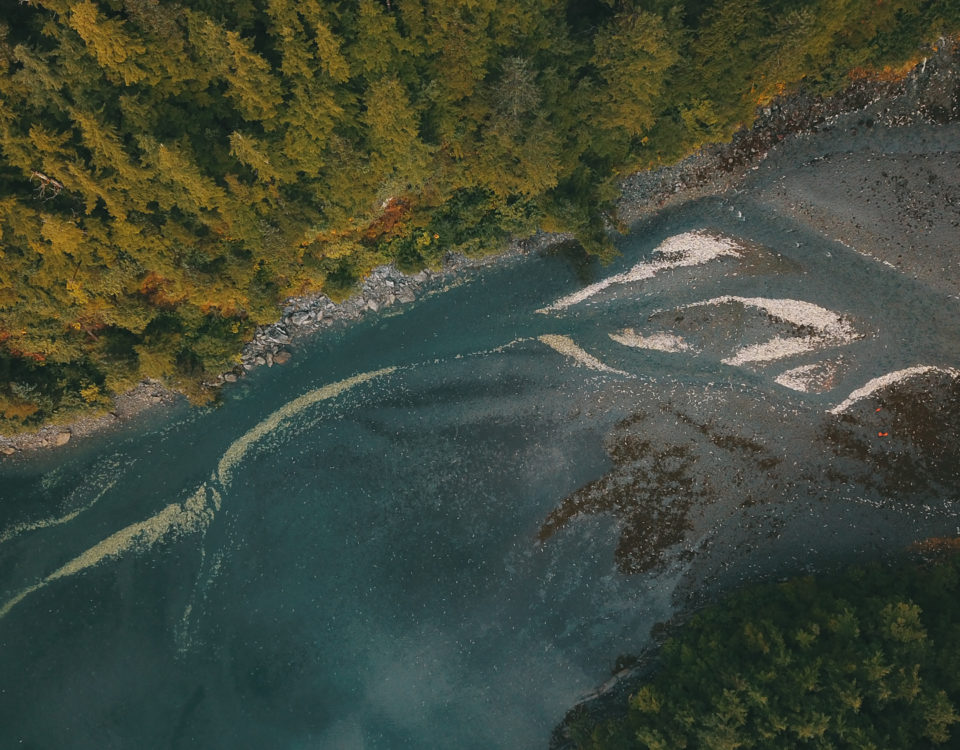Anne goes to Antarctica

PWSSC Research Assistant Travels for Seabird Surveys in the Southern Hemisphere
By Teal Barmore, December 13, 2018
Seabird survey skills and a Cordova connection are taking Prince William Sound Science Center research assistant Anne Schaefer all the way to Antarctica this winter. She will be joining former Cordova residents and employees of the Science Center, Megan and Darren Roberts, on the seabird crew for the Palmer Station Antarctica Long-Term Ecological Research Network (LTER). Megan and Darren have been doing seabird surveys and fieldwork for the LTER for several years now and will be the crew leaders of the seabird component this year. “They happened to need more crew members for the season, so they called me and asked if I wanted to apply and I did!” Anne said.
Anne will be working aboard the 230 foot icebreaker research vessel Laurence M. Gould for six weeks. Her job is to alternate with one other person to identify and count every bird she sees during daylight hours. This is the same job that Anne has been doing here at the Science Center for the last few years with the Fall and Winter Seabird Abundance Monitoring project. This time though, instead of common loons, red-breasted mergansers, and buffleheads she will be seeing albatross, giant petrels and of course—penguins! The cruise will start in Punta Arenas, Chile on December 27 and go to Antarctica where they will do some work at Palmer Station before continuing on to the LTER survey sites along the coast of Antarctica.
The Palmer LTER survey site is part of the National Science Foundation’s Network of 28 LTER sites around the world—including one in the Northern Gulf of Alaska. Each site measures the same site-specific parameters in the same time frame year after year to provide a long-term public data set. The Palmer LTER site’s survey grid is surveyed every year in January by a variety of researchers studying every level of the ecosystem.
The seabird component, led by W.R. Fraser, is an important part of this whole ecosystem approach because studying marine birds can tell us what is happening under the surface based on where they are distributed and how abundant they are. A seabird survey like the Palmer LTER with a set grid and time frame can give clues into what’s going on with a whole ecosystem as things change over time.
To learn more about the Antarctica LTER visit: http://pal.lternet.edu and be sure not to miss Anne’s Tuesday Night Talk on her Antarctica experience on March 26!





